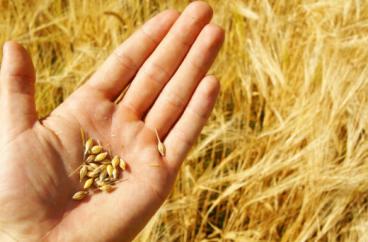Instituto Nacional de Investigación Agropecuaria
Dinámica de la respuesta a la suplementación invernal de bovinos en crecimiento sobre campo natural.

El análisis de la dinámica de la respuesta en desempeño animal a la suplementación invernal sobre campo natural, en una amplia serie de experimentos, reveló marcadas diferencias en su fase inicial. Específicamente, la presencia o no de un período de entre 400 y 800 grados.día* durante el cual la suplementación no mejora el desempeño animal y que, por ende, impacta negativamente en la eficiencia. En parte, estas diferencias están asociadas a la disponibilidad de forraje, la tasa de sustitución y el clima.
Herramientas para la detección de Mycobacterium avium subsp. paratuberculosis agente causal de la paratuberculosis bovina.

La paratuberculosis bovina causa impactos importantes en la producción. En este artículo se presentan métodos de diagnósticos disponibles y el uso de herramientas moleculares para monitorear al agente causal.
Agua: el principal nutriente.

El presente artículo pone el foco en el agua como nutriente principal en nuestros sistemas ganaderos y lecheros, abordando los principales conceptos y aspectos prácticos para una mejor toma de decisiones de manejo.
Agua:el principal nutriente.

El presente artículo pone el foco en el agua como nutriente principal en nuestros sistemas ganaderos y lecheros, abordando los principales conceptos y aspectos prácticos para una mejor toma de decisiones de manejo.
Paginación
- Página anterior
- Página 50
- Siguiente página

